I would like to make you aware of the information you can get from the daily avalanche report bulletin, so you can plan your ski tours, freerides or backcountry skiing.
The information you can get from the daily avalanche reports
Development, daily snow and snowpack information
Avalanche risks and the danger patterns
Region / area in question
Snow problem
Altitude and slope aspect (hight and the direction that a slope is facing)
Avalanche risks at different altitudes
With the information gained from such a daily avalanche report you can plan your day and take into consideration where and when you can have a safe fun day skiing.
One can find these avalanche reports on internet www.lawinen.report or at the local lift pass office in the resorts.
Example of an avalanche report and the information it gives.
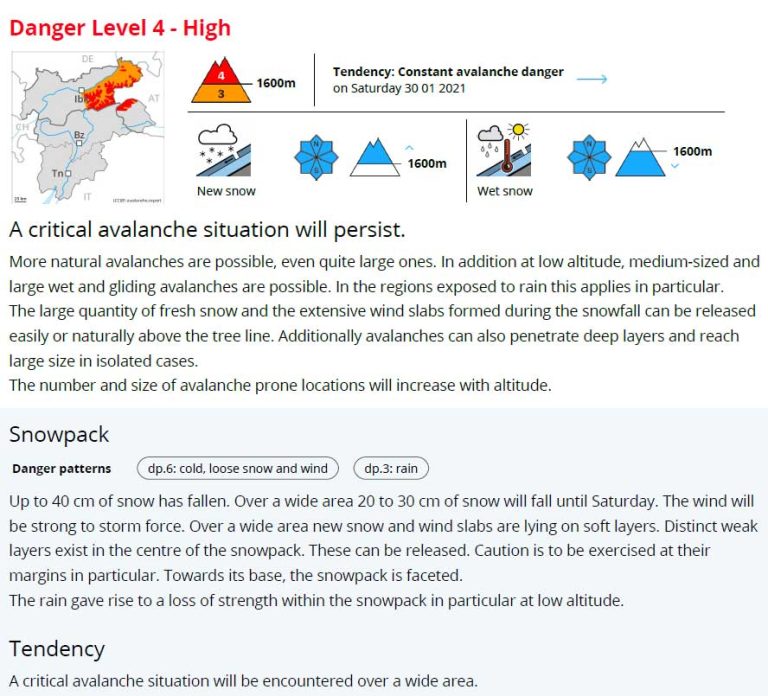
Below are the different danger levels of avalanche risk some guidelines at each danger level for you.
Steep terrain – slopes shallower than 30°
Very steep – slopes shallower than 35°
Extreme terrain – 40° and greater
On all slopes, advised distance between skiers while ascending (upwards) for ski touring is 10m.
On slopes greater that 30° advised distance between skiers while descending (downwards) for freeriders is 30m
On slopes greater that 35° advised distance between skiers while descending (downwards) for freeriders is one individual skier at a time.
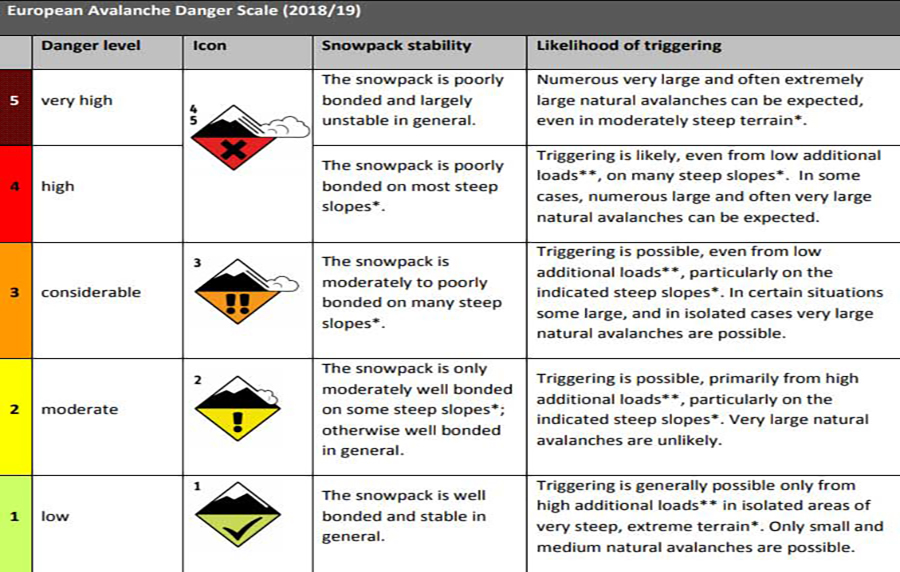
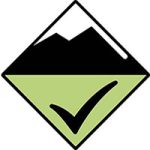
Generally favorable avalanche situation 1 – Low
Generally favourable avalanche situation
No alarm signs present. Avalanches can only be triggered in isolated cases, in particular on extremely steep slopes. The snowpack is generally stable. An avalanche release is generally only possible if there is a high additional loading (e.g. group of skiers without gaps).
Recommendations for backcountry recreationists
Travel extremely steep slopes one person at a time and mind the danger of falling.
Forecast for around 20 % of the winter season.
Around 5 % of avalanche fatalities.
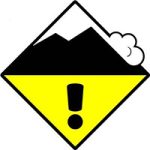
Mostly favorable avalanche situation 2 – Moderate
Alarm signs can occur in isolated cases. Avalanches can be triggered in particular on very steep slopes with the aspect and elevation indicated on avalanche report. Large natural avalanches are unlikely.
The snowpack is only moderate on some steep slopes, otherwise generally stable. Triggering is especially possible in the case of high additional loads (e.g. groups of skiers without gaps), especially on the steep slopes. Avoid slopes with more than 40° inclination.
Recommendations for backcountry recreationists
Backcountry activities should be selected carefully, especially on slopes with the aspect and elevation indicated on avalanche report. Travel very steep slopes one person at a time. Pay attention to unfavourable snowpack structure (persistent weak layers).
Forecast for around 50 % of the winter season.
Around 30 % of avalanche fatalities.
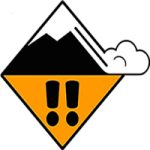
Critical avalanche situation 3 – Considerable
“Woom” sounds and shooting cracks are typical. Avalanches can easily be triggered, particularly on steep slopes with the aspect and elevation indicated on avalanche report. Natural avalanches and remote triggering may occur.
The snow cover is moderately to weakly consolidated. The triggering of avalanches is possible even with individual skiers. Ski tours require avalanche expertise. Tour options limited. Avoid slopes with more than 35° inclination.
Recommendations for backcountry recreationists
The most critical situation for backcountry recreationists. Use terrain efficiently and select best possible route and with minimal exposure. Avoid very steep slopes with the aspect and elevation indicated on avalanche report. Inexperienced persons are advised to remain on open ski runs and trails.
Forecast for around 30 % of the winter season.
Around 50 % of avalanche fatalities.
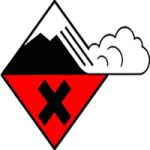
Very critical avalanche situation 4 – High
Natural and often very large avalanches are likely. Avalanches can easily be triggered on many steep slopes. Remote triggering is typical. “Whoomph” sounds and shooting cracks occur frequently.
The snow cover is weakly consolidated on most slopes, an avalanche triggering is likely even with low additional loads (e.g. from individual skiers) on numerous steep slopes. In some cases, many medium-sized and multiple large avalanches are to be expected spontaneously (= without human intervention). Tour options severely limited. Avoid slopes with more than 30° inclination.
Recommendations for backcountry recreationists
Stay on moderately steep terrain. Watch out below run out zones of large avalanches. Inexperienced persons should remain on open ski runs and trails. Forecast only on a few days throughout the winter.
Around 10 % of avalanche fatalities.

Exceptional avalanche situation 5 – Very high
Numerous very large and extreme natural avalanches can be expected. These can reach roads and settlements in the valley. The snowpack is generally weakly consolidated and largely unstable. Numerous, large avalanches, even in moderately steep terrain, are to be expected spontaneously (= without human intervention). Ski tours are generally not possible and not advised.
Recommendations for backcountry recreationists
You are advised not to engage in winter sports beyond open ski runs and trails.
Very rarely forecast.


